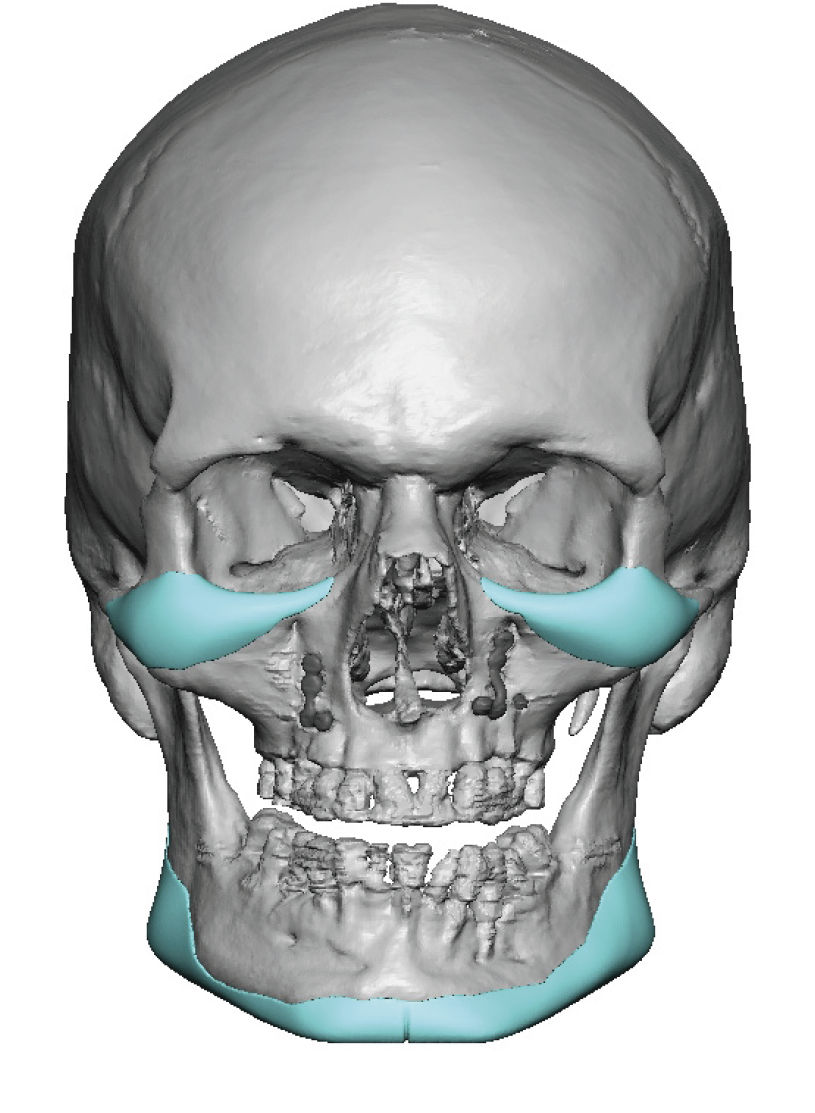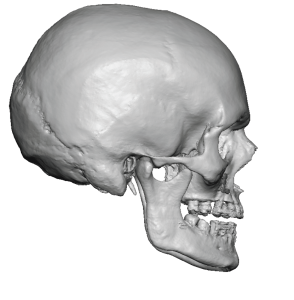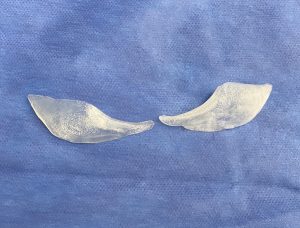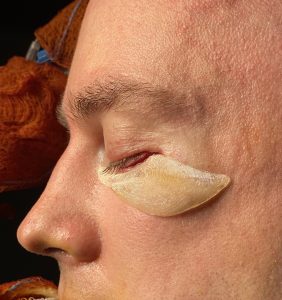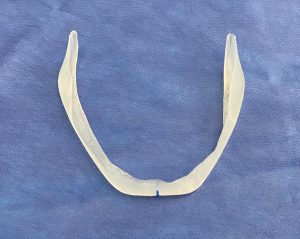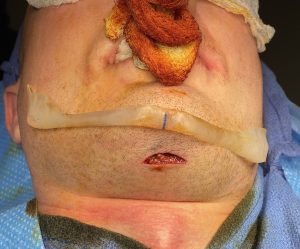Background: Describing what a defined or more sculpted face looks like can defy an exact explanation. Numerous angles, ratios and numbers have been described to do so and they all have their merit. But the one concept that is often overlooked is that of the facial corners or prominences. These include the brow bones, nose, cheeks, jaw angles and chin. These distinctive facial areas are created by the development of structural support which is mainly bone at most of these with the exception of cartilage in the nose.
Below the brow bones and to the sides of the centrally positioned nose, the cheeks, chin and jaw angles form the corners of the mid and lower face. In essence they form triangles which are upright between the cheek-chin and jaw angles on each side and an inverted triangle when viewed from the front. (cheek-chin-cheek) One can debate whether these should be equilateral triangles or not but they do intersect at the corners which provides a definitive shape to each face.
In many male facial reshaping procedures a custom jawline and cheek or infraorbital-malar implants are used for a more defined mid- and lower facial augmentations. One of the important features to recognize about custom facial implants is that their effect is a true complete skeletal augmentation. Think of the result as if the bone actually grew that way (the whole mandible or the whole ZMC complex) as opposed to what standard facial implants do which is spot or limited areas of facial augmentation.
What is important to understand about implants that cover large surface areas of the facial bones is that their effects are greater than one may think. Spread out over a large area the volumetric effect of the implant can be greater than any linear measurement than it has may seem. This is why the most common design error is one of being too big or having an effect that is too strong. This becomes very relevant when the patient’s goal is not to make their face so much bigger, because they don’t have any major bone deficiencies, but rather to create an enhancement effect with more defined features.
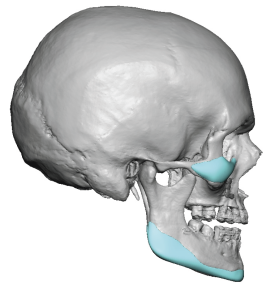
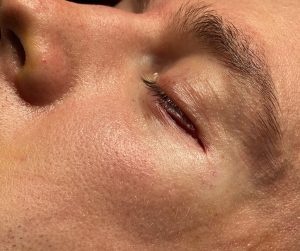
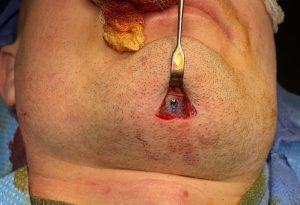
A thin implant covering a large surface area are what these mid- and lower facial implants do with an enhancing effect as opposed to a major augmentation effect. To illustrate their volume effects the IOM implants were 3cc s each and the jawline implant was 13ccs. Think of these volumes as they relate to injectable fillers having placed a total of nearly 20ccs of volume spread ro 20 syringes of fillers. This demonstrates that a little volume spread out over a large surface area has more of an effect than one would think.
Case Highlights:
1) Custom infraorbital-malar and jawline implants are often done together in men for enhanced 5 point facial features.
2) Facial structural enhancements come more from implant surface area coverage than implant thickness.
3) Minimal incisions are needed to properly place these larger cheek and jawline implants.
Dr. Barry Eppley
World Renowned Plastic Surgeon

